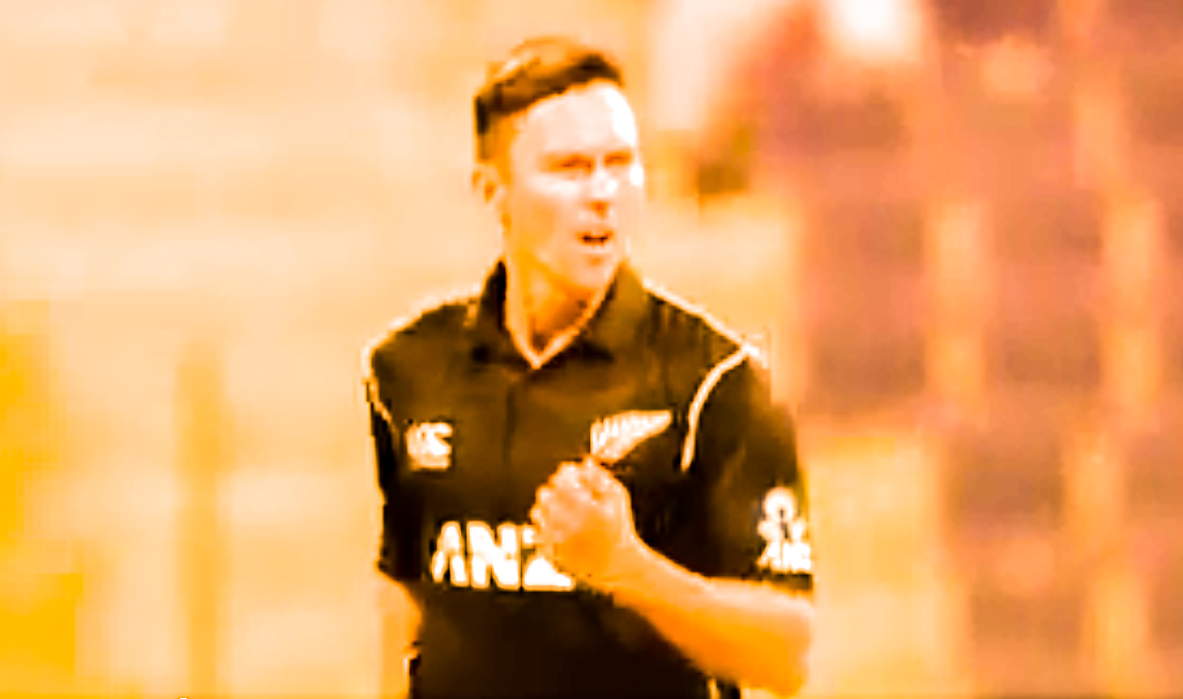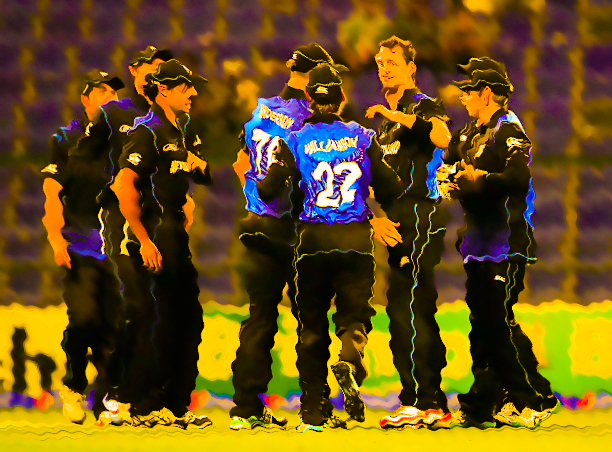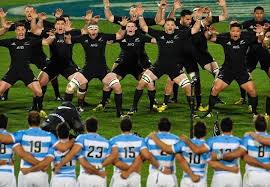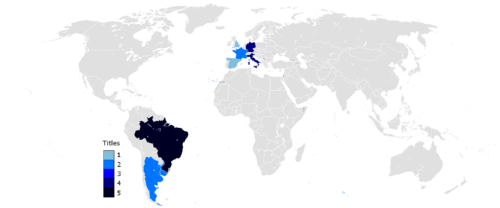The BetFair odds have narrowed since the Black Caps’ emphatic 47-run win in the first ODI, a win that included a Trent Boult hat trick. Surprisingly, though, they are still the underdogs, paying $2.26 on BetFair in the second ODI starting midnight tonight in Abu Dhabi. History suggests that this is an excellent bet – New Zealand have won their last 12 ODIs against Pakistan and won the last one with comfort.
The Black Caps will see little reason to tinker with what was a solid and effective side in the first ODI.
The core batting axis of Munro-Williamson-Taylor-Latham did the job for New Zealand, scoring 204 of the team’s 266 runs. Ross Taylor averages 61 against Pakistan and is a rock at No. 4, while Tom Latham averages 45 from his last 20 ODI matches. He struck at 106 over the course of his 68 in the first ODI, and will look to be positive again because of the expected need for high scoring from the middle order in next year’s Cricket World Cup in England.
However, the junior batsmen were poor. George Worker, Henry Nicholls and Colin de Grandhomme contributed one run between them, which meant that the bowlers had to finish the job of getting them over the line.
Worker is in the side as an injury replacement for Martin Guptill, and so the problem of weakness at opener will solve itself, but Black Caps coach Gary Stead will be concerned about that middle-order weakness as well. The balance of the side might demand that the Black Caps choose a batsman at 6 who is a more accomplished hitter than Nicholls.
Glenn Phillips is a major contender for this role, but his returns in the T20 series and in the A series before that were poor. Corey Anderson is another option, and he was excellent here for the Black Caps in the 2015 Cricket World Cup, but has been unfortunate with injury.
As far as the bowling is concerned, far too much is riding on Trent Boult.
Questions must continue to be asked about Tim Southee’s place as the opening bowler of the ODI side. Since the 2015 Cricket World Cup, Southee has averaged 43.34 with the ball, taking 43 wickets from 38 games. He neither swings nor seams the ball to any real extent, and neither is he fast or accurate. By contrast, Trent Boult has averaged 24.70, taking 79 wickets from 40 games.
Matt Henry has taken 39 wickets from his last 20 games at an average of 23.82. Incredibly, Henry only played 4 ODIs in the whole of 2017, which makes his lack of gametime seem like an appalling waste on the part of the Black Caps coaches. Dropping Southee and replacing him with Henry seems like a slam-dunk decision that would give the Black Caps the most dangerous new ball pair outside of India.
The Black Caps appear extremely vulnerable if Trent Boult doesn’t knock the top off the opposition batting order. Lockie Ferguson is a gun bowler and is improving steadily (16 wickets at 23.56 from his last 10 games), but doesn’t yet have the ability to threaten that even Henry has, much less Boult.
With Southee ineffective and de Grandhomme a true part-timer, this means that the only other attacking option is Ish Sodhi. Sodhi is a good bowler and is improving steadily – he has taken 17 wickets at 30.00 from his last 10 ODI matches. The question is whether he can pose enough of a threat with the ball for the Black Caps to not always lose the middle overs.
The big risk is that Pakistan will easily be able to consolidate once Boult finishes his first spell, because there is little threat from the rest of the bowlers. Pakistan had a century stand for the 7th wicket, and the Black Caps should rightly be worried about their ability to finish a game off.
Black Caps (probable):
1. George Worker
2. Colin Munro
3. Kane Williamson (c)
4. Ross Taylor
5. Tom Latham (wk)
6. Henry Nicholls
7. Colin de Grandhomme
8. Tim Southee
9. Ish Sodhi
10. Lockie Ferguson
11. Trent Boult
*
Dan McGlashan is the man with his finger on the statistical pulse of New Zealand. His magnum opus, Understanding New Zealand, is the complete demographic analysis of the Kiwi people.




